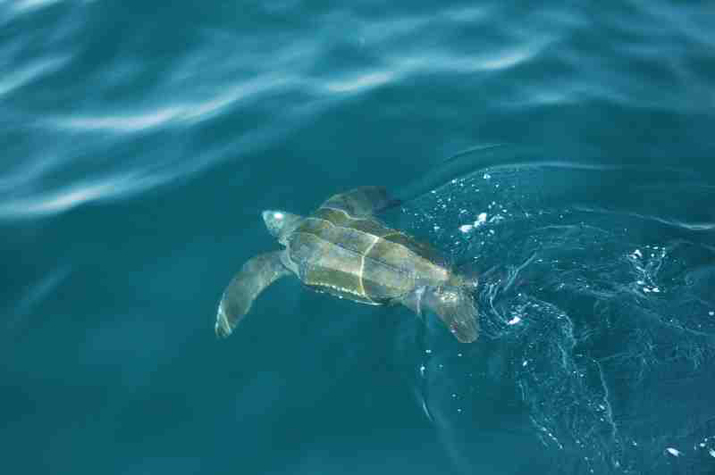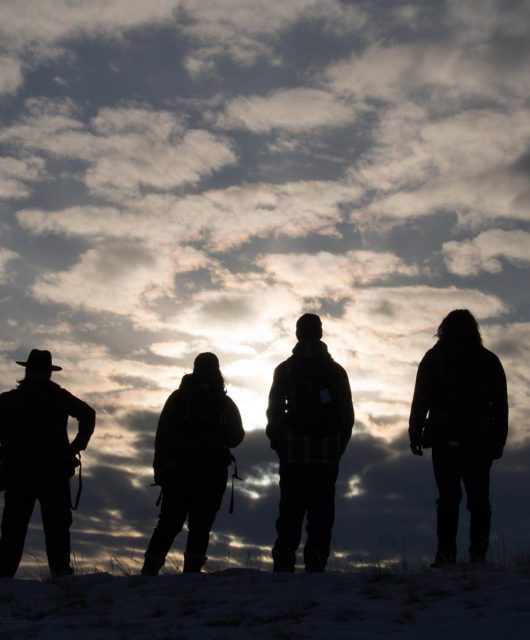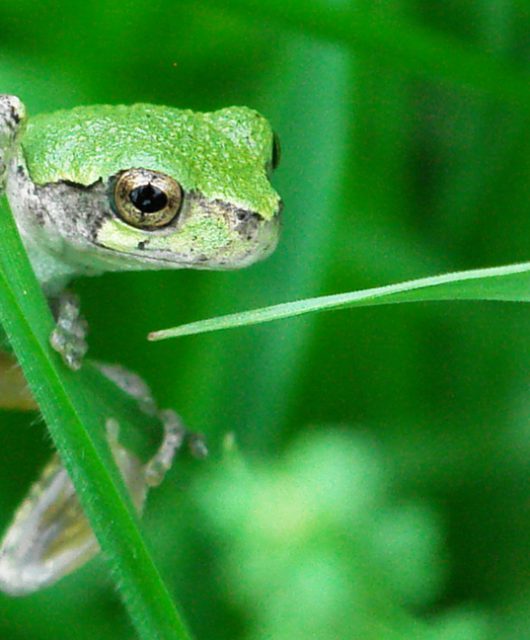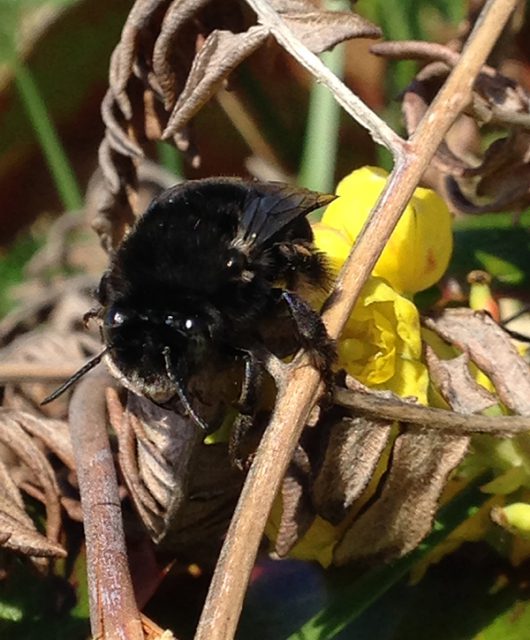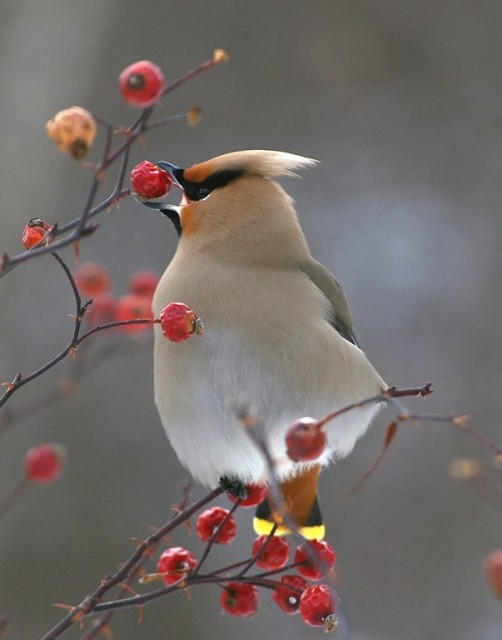
[PHOTO: JESSE BUTT, CWF PHOTO CONTEST]
I have seen groups of waxwings from time to time. They swoop in, do their thing and then they’re gone. Once it was a summer day and they feasted on my elderberries. Another time it was cold and it seemed they were having a drink from the puddles on my driveway. So when I saw them the other day, I quickly grabbed my camera and took a bazillion photos before they flew off.
When I put the photos on my computer and zoomed in, I was able to determine that these birds were bohemian waxwings. They are named “bohemian” due to their nomadic ways of moving around in the wintertime. The “waxwing” comes from the brilliant red on the tips of their secondary wing feathers.
Bohemian waxwings are similar to cedar waxwings and I swear, no matter how many times I’ve looked them up, I still forget the differences. It doesn’t help that both their ranges are widespread across Canada. But thanks to this last experience, I think I’ve finally got it. Bohemian waxwings :
- are a little larger than cedar waxwings. It’s hard to use this as a guide when they aren’t side by side, but they certainly looked largish when perched in the treetops. In case it helps, bohemians are ~21cm long while cedar waxwings are ~18cm, according to one of my favourite bird guides – Field Guide to the Birds of North America by the National Geographic Society.
- have grey bellies. Cedar’s have a hint of yellow on theirs.
- have bright yellow on their wings which the cedar waxwings don’t.
- have reddy-brown undertail coverts. Those are the feathers on their undersides, below their belly and at the top of the tail. When the tail is spread out, it looks like the middle of the underside of the tail. The cedar waxwings have white undertail coverts.
- have a white wing bar that you can sometimes see when they fly. Otherwise, it can look like a splotch on their wing when perched. Again, cedar waxwing’s don’t have this.
While not worthy of any photography contests, the photos I took helped me get my head straight on these birds. Click here to see some and maybe they’ll help you, too!
You’ll notice they are eating a blackish fruit. They are one of our alien invasive species of buckthorn. While I am glad they had food to eat, these shrubs are known to quickly take over natural areas, pushing out native plants that have important roles to play in our local ecosystems. You can do a lot of good by planting regionally native fruit bearing shrubs that will hold their fruit during the different portions of the winter and early spring. Some Canadian natives include rose bushes, highbush cranberry, sumacs, winterberry and Viburnums. To find out which species are suitable to your region and your garden, check out our Native Plant Encyclopedia.
You’ll be helping other fruit-eating birds, too, like any robins that decide to overwinter! You can continue to welcome bohemian waxwings in other months by gardening organically, so they can eat and feed their young healthy insects, as well as tree sap, flowers and buds.

